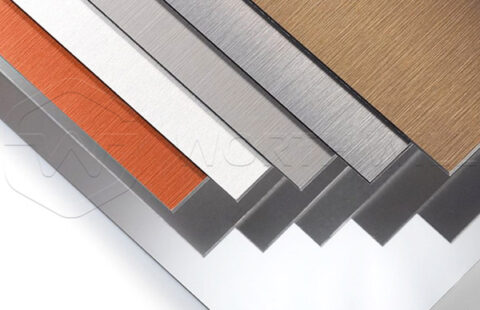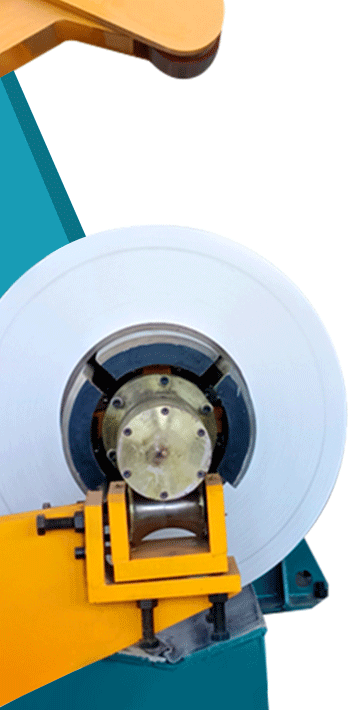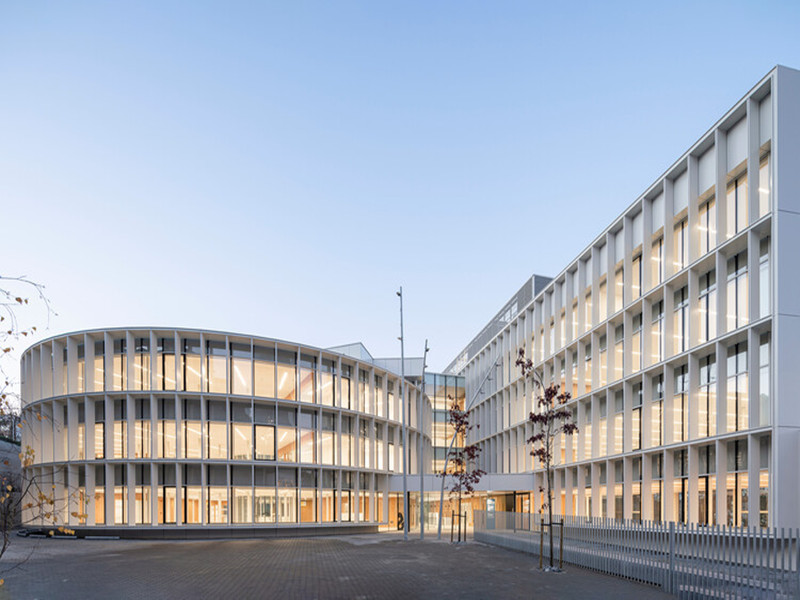
Aluminum Architectural Facades for a Variety of Applications
Aluminum architectural facades have become a popular choice in modern construction due to their versatility, durability, and aesthetic appeal. From commercial buildings to residential projects, aluminum facades offer a blend of functionality and style that meets the needs of architects, designers, and builders. Whether you’re looking to enhance the exterior of a high-rise building or create a unique design element for a smaller structure, aluminum facades are a flexible solution for a wide range of applications.
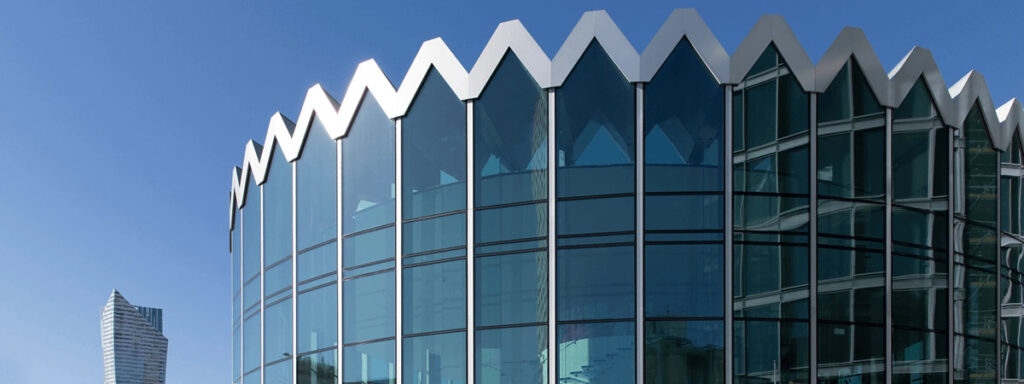
1. Why Choose Aluminum Facades?
Aluminum facades are favored in architecture due to several key benefits:
- Lightweight and Strong: Despite being lightweight, aluminum has a high strength-to-weight ratio, making it ideal for large facade installations without adding excessive load to the structure.
- Corrosion Resistant: Aluminum is naturally resistant to rust and corrosion, which makes it perfect for use in harsh weather conditions, coastal environments, and high-humidity areas.
- Sustainable Material: Aluminum is fully recyclable and can be reused without losing its properties, making it an eco-friendly option for sustainable building practices.
- Aesthetic Versatility: Aluminum facades come in various finishes, textures, and colors, allowing for endless design possibilities to match modern or traditional architectural styles.
- Low Maintenance: Aluminum facades require minimal upkeep, as they don’t degrade easily over time and can maintain their appearance for years.

2. Applications of Aluminum Facades
Aluminum facades are used across a range of industries and building types, providing both functional and decorative benefits. Here are a few common applications:
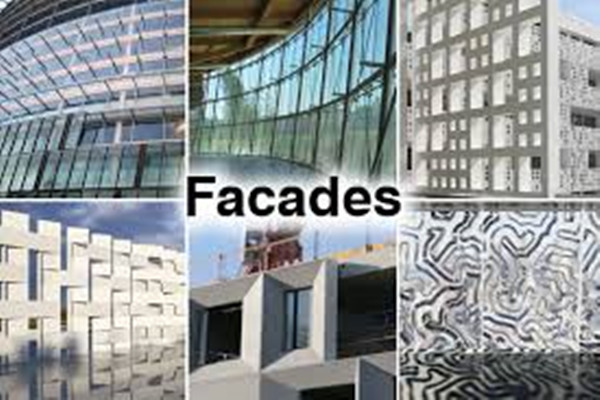
a) Commercial Buildings
Aluminum facades are widely used in office buildings, shopping malls, and hotels. Their lightweight yet strong structure allows for large panels that can cover entire building exteriors, creating sleek, modern aesthetics. In addition, aluminum’s corrosion resistance makes it ideal for buildings in urban environments where pollution and weather conditions may otherwise cause damage.
- Example: Skyscrapers and high-rise buildings benefit from aluminum facades due to their ability to handle structural loads while providing a clean, polished look.
b) Residential Projects
For residential buildings, aluminum facades offer a durable and stylish option for exterior cladding. Whether it’s a small house or a large apartment complex, aluminum panels can be customized to match the design vision while offering energy efficiency and weather protection.
- Example: Homeowners can choose aluminum facades for their houses to create contemporary designs, with options such as woodgrain finishes or matte colors to suit their aesthetic preferences.
c) Public Infrastructure
Public spaces like museums, government buildings, and airports can benefit from aluminum architectural facades due to their modern appearance and durability. Aluminum is also highly reflective, making it useful for energy-efficient designs that reduce heat absorption, especially in hot climates.
- Example: Airports often use aluminum facades to achieve a futuristic look while maintaining safety and efficiency in areas exposed to the elements.
d) Industrial Facilities
Aluminum facades are not limited to commercial and residential buildings. Industrial facilities such as warehouses, factories, and research centers also use aluminum for their exteriors, taking advantage of its low maintenance needs and long-lasting protection against corrosion.
- Example: Aluminum panels with protective coatings can be used in industrial environments to protect against chemical exposure and harsh weather conditions, extending the lifespan of the building.
3. Design Flexibility and Aesthetics
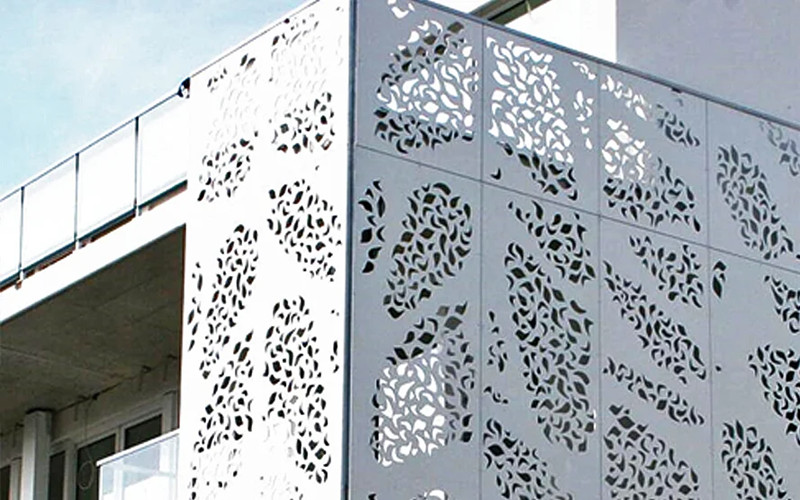
One of the standout features of aluminum facades is their ability to be customized for any architectural style. With options ranging from brushed finishes to perforated panels, architects have the creative freedom to design unique and striking facades. Aluminum panels can be curved, bent, or shaped into complex forms to suit avant-garde designs or more traditional applications.
- Variety of Finishes: Aluminum panels are available in a range of finishes, including powder-coated colors, anodized coatings, and natural finishes. This variety allows designers to play with texture, color, and visual effects to create facades that stand out.
- Perforated Panels: For added texture or functional benefits like ventilation, aluminum panels can be perforated. These perforated designs are often used in parking structures, shading systems, or purely as a design element.
4. Energy Efficiency and Sustainability
Aluminum architectural facades contribute to energy-efficient building designs. Aluminum’s reflective properties help reduce heat absorption, lowering the energy needed to cool buildings in hot climates. Combined with insulation panels, aluminum facades can significantly enhance a building’s thermal performance.
Additionally, aluminum’s recyclability makes it a sustainable material choice. Many aluminum panels used in facades are made from recycled content, and the panels themselves can be recycled at the end of their lifecycle, supporting eco-friendly construction practices.
5. Durability and Longevity
Aluminum facades are designed to withstand a variety of environmental challenges, from extreme weather conditions to pollution. Aluminum’s natural oxide layer provides protection against corrosion, and when paired with additional coatings, it becomes even more resistant to environmental damage. This durability means that aluminum facades can last for decades with minimal maintenance, providing long-term cost savings for building owners.
6. Key Considerations for Aluminum Facade Selection
When choosing an aluminum facade, consider the following factors:
- Climate: In areas with high humidity, salt exposure, or extreme temperatures, aluminum facades are an excellent choice due to their corrosion resistance and thermal efficiency.
- Aesthetic Goals: Select finishes and textures that complement the overall design vision for the building, ensuring that the facade enhances the architecture.
- Installation and Maintenance: Choose a facade system that fits the building’s installation requirements and offers ease of maintenance to minimize future upkeep costs.
Conclusion
Aluminum architectural facades are an ideal choice for a variety of applications, from commercial and residential projects to public infrastructure and industrial facilities. Their durability, design flexibility, energy efficiency, and sustainability make them an essential material in modern architecture. Whether you’re looking to create a sleek, contemporary look or need a durable solution for extreme environments, aluminum facades provide the perfect balance of form and function.
If you’re considering an aluminum architectural facade for your next project, explore the customization options available to find the right design that meets both your aesthetic and functional needs.

